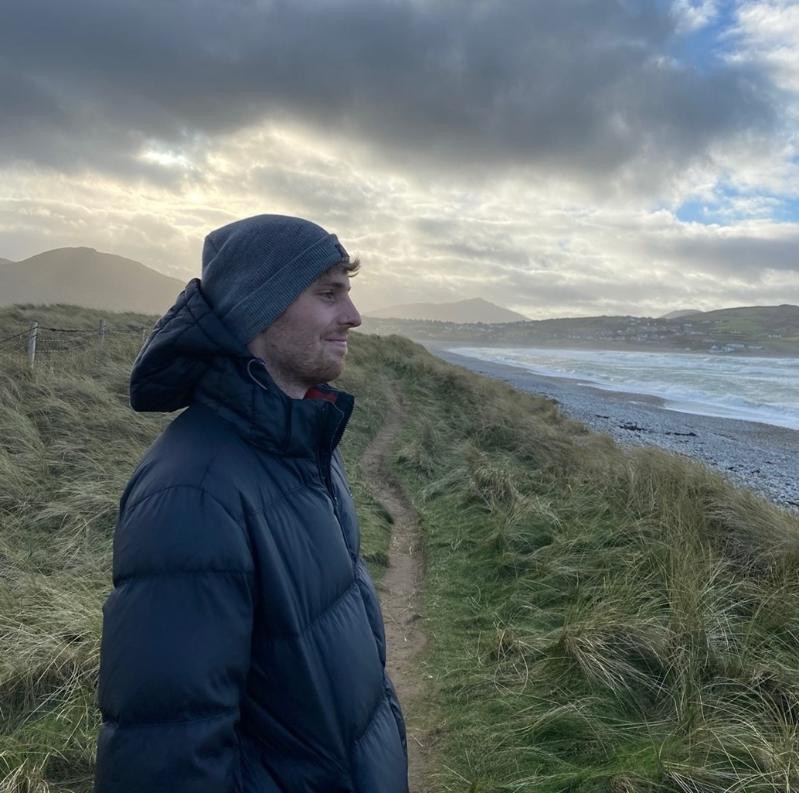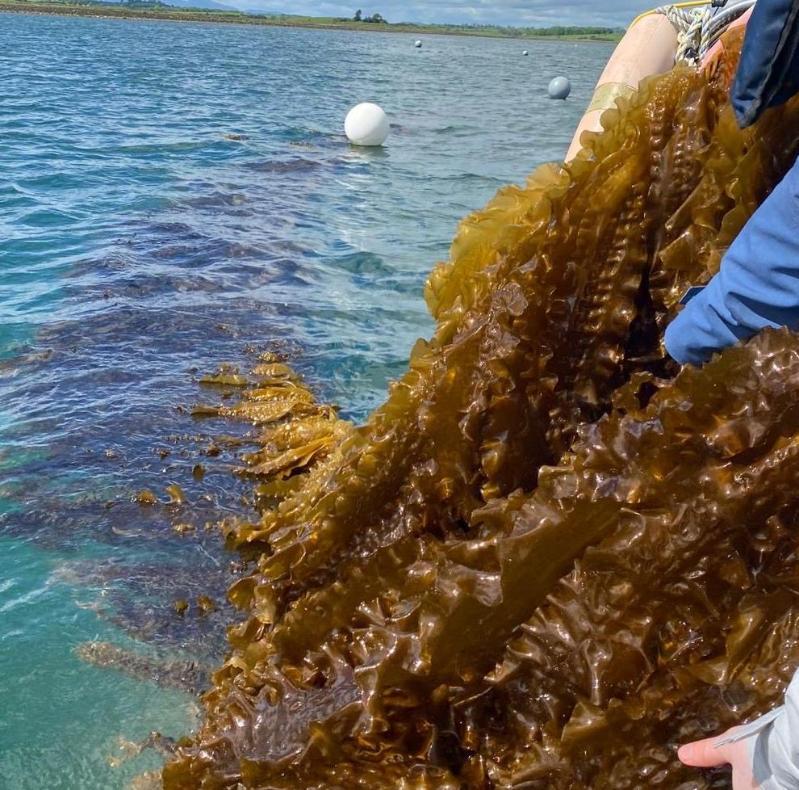Genetic population structure of sugar kelp

My projects key focus is to create a genetic population baseline of sugar kelp in Northern Ireland, identifying genetic diversity and structure within and among wild and farmed populations.
My PhD supports the sustainable growth of Ireland’s kelp aquaculture industry by assessing the genetic structure of Saccharina latissima and Alaria esculenta. It aims to fill key knowledge gaps in fine-scale population data and highlight the importance of preserving wild genetic diversity to mitigate risks from farmed-wild gene flow. The study provides baseline genetic and morphological data to guide seed sourcing, cultivar development, and site selection. As the industry expands, these insights will help develop resilient, high-yield strains while maintaining biosecurity. The outcomes aim to inform best practices, reduce genetic erosion, and support long-term productivity and environmental responsibility in kelp farming.

At Queen’s University we are leveraging expertise in seaweed research both from engineering and biological sciences, and utilising top-level genetics, mechanical testing, and aquaculture facilities. The study will identify sugar kelp populations with commercially valuable traits, e.g. blade length, with a genome wide association study aiming to correlate these traits to specific genotypes.
Overall the identification of populations with commercially valuable traits will improve the ability of industry to develop cultivars for farming and which will help to develop the seaweed aquaculture market here in Northern Ireland
